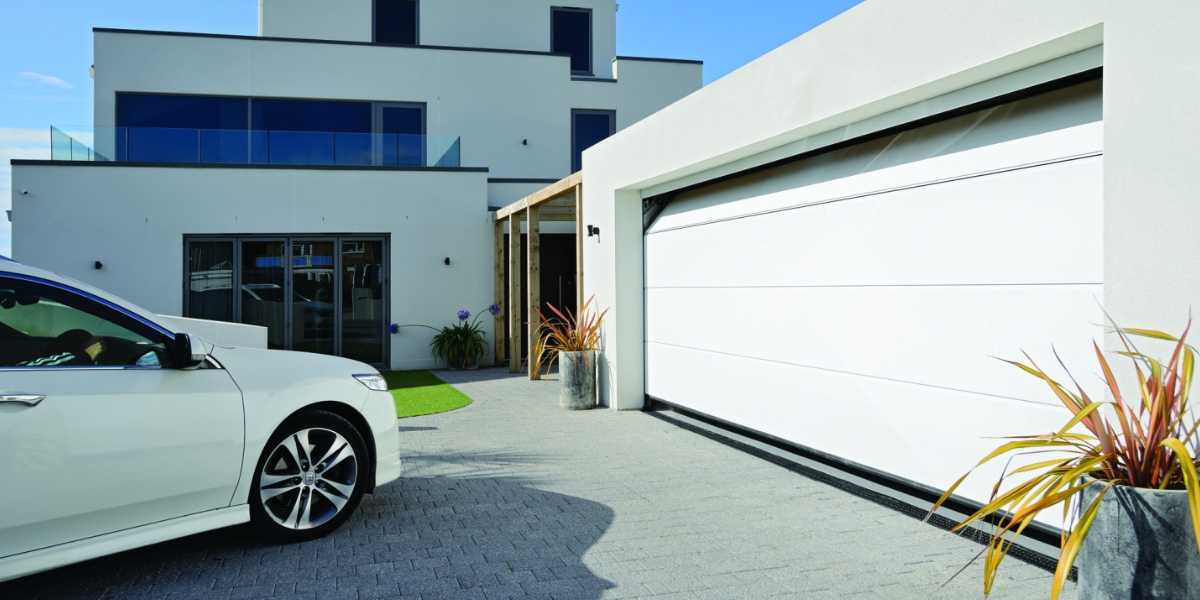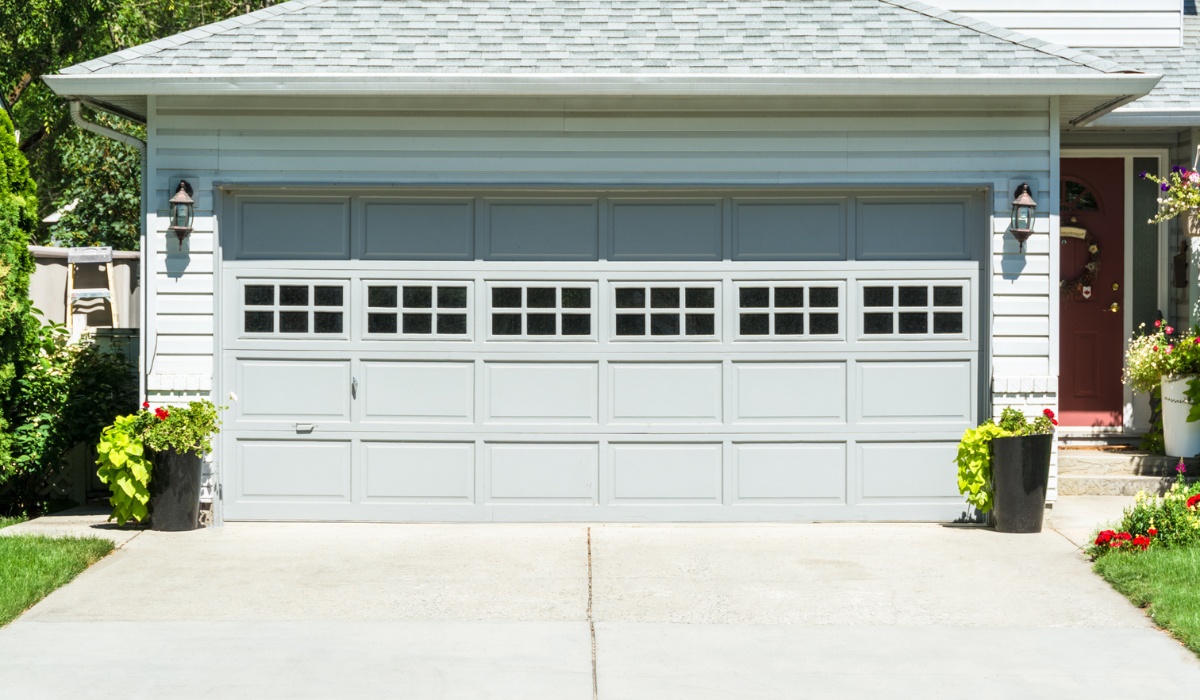Facing a frustrating garage door malfunction? Planning a new installation? This comprehensive guide covers everything you need to know about garage door repair, garage door openers, and installation, empowering you to make informed decisions for your home. Whether you're a DIY enthusiast or prefer professional help, we'll equip you with the knowledge to tackle any garage door project with confidence.
Understanding Garage Doors: Types, Components, and Operation
Garage doors are more than just entryways; they're significant components of your home's curb appeal and security. Understanding their basic workings is the first step to effective maintenance and repair. Residential garage doors come in various materials, including wood, steel, aluminum, and fiberglass, each offering different aesthetic and durability characteristics. Common types include sectional, roll-up, and side-hinged doors. Key components include the door panels, tracks, rollers, springs, cables, and the opener mechanism itself. The door's operation relies on a balanced system of springs and cables, ensuring smooth and safe opening and closing. Understanding these elements will help you diagnose problems and make informed decisions about repairs or replacements.
Garage Door Repair Basics: Troubleshooting Common Issues and Costs
Dealing with a malfunctioning garage door can be stressful, but understanding common problems simplifies troubleshooting. Misaligned tracks often cause binding and prevent smooth operation; a quick adjustment might solve the issue. Broken springs, a frequent culprit, require professional attention due to the high tension involved. Faulty openers may exhibit symptoms like slow operation, inconsistent response, or complete failure, potentially requiring a replacement opener motor, sensors, or control board. Remote control problems might stem from dead batteries, signal interference, or a faulty receiver. Repair costs vary significantly depending on the problem's complexity and the parts needed. While minor adjustments can be DIY projects, major repairs are best left to professionals for safety and warranty reasons.
Common Problems and Solutions
- Misaligned Tracks: Carefully realign the tracks using a level. Broken Springs: Call a professional immediately; attempting DIY repair is dangerous. Faulty Openers: Check power supply, remotes, and safety sensors; consider professional diagnosis if necessary. Remote Problems: Replace batteries or check for interference; if the problem persists, a professional assessment may be required.


Choosing a Garage Door Opener: Types, Features, and Considerations
Selecting the right garage door opener significantly impacts convenience, safety, and longevity. Chain drive openers are budget-friendly but can be noisy; belt drive openers offer quieter operation. Screw drive openers provide a balance between price and performance, while direct drive openers provide the quietest and most efficient operation. Beyond the drive mechanism, consider features like horsepower (higher horsepower equates to faster operation), safety sensors (prevent accidental closures), energy efficiency (reducing operational costs), and app control (for remote operation and monitoring). Higher horsepower equates to faster door operation, but it does not necessarily translate to better performance. Safety features, such as automatic reverse upon obstruction, are crucial for accident prevention.

Features to Look For
- Horsepower: Higher horsepower means faster operation. Safety Features: Automatic reverse is essential for safety. Energy Efficiency: Look for energy-star rated openers. App Control: Remote operation and monitoring offer convenience.
Garage Door Installation Guide: DIY vs. Professional Installation
Installing a garage door can be a rewarding DIY project, but it requires technical skills, appropriate tools, and meticulous attention to safety. The process involves careful measurements, precise track alignment, spring tension adjustment, and secure attachment of the door panels. However, improper installation can compromise safety and functionality, negating any cost savings. If you lack experience, hiring a professional offers peace of mind and ensures a flawless installation. Professional installation costs vary based on the door's type, size, features, and the installer's location.
Steps for DIY Installation (Proceed with extreme caution)
- Detailed Planning and Measurements: Accurate measurements are crucial for a proper fit. Careful Track Alignment: Ensuring proper track alignment prevents binding and damage. Spring Tension Adjustment: Incorrect adjustment is dangerous; consider seeking professional help. Secure Attachment: Securely attach the door panels, ensuring stability.
Hiring a Professional: Finding a Reputable Contractor
Hiring a qualified contractor offers numerous benefits. They possess the expertise, tools, and insurance necessary for http://lanerbbz016.theburnward.com/finding-the-right-doctor-in-north-edmonton-your-2025-guide-to-healthcare safe and efficient installation. When selecting a contractor, check online reviews, seek referrals, and request detailed quotes. Inquire about their experience with various door types, warranties, and permits. A professional installation typically includes the removal of the old door, careful installation of the new one, and a final inspection to ensure functionality and safety. Professional installation may initially cost more, but it often reduces long-term problems and ensures better performance.
Maintenance Tips for Garage Doors: Preventative Measures and Routine Checks
Regular maintenance extends the lifespan of your garage door system and minimizes the risk of unexpected repairs. Routine checks, ideally every three to six months, should include inspecting tracks for misalignment, lubricating moving parts with silicone-based lubricant, checking the springs and cables for wear and tear, and testing safety sensors. Seasonal maintenance may involve additional steps, such as cleaning debris and ensuring proper lubrication in extreme weather conditions. Preventative maintenance is far cheaper than emergency repairs. Regular lubrication reduces friction and prevents damage to moving components.
FAQs about Garage Door Repair and Installation
- What is the average lifespan of a garage door? With proper maintenance, a garage door can last 15-20 years or more. How often should I service my garage door? Ideally every 3-6 months, or as needed. Can I install a garage door opener myself? While possible, it is strongly advised to hire a professional for safety. What are the signs I need a new garage door? Significant damage, frequent repairs, poor insulation, and aesthetic concerns.
In conclusion, understanding your garage door system, from its components to maintenance needs, empowers you to address problems effectively and make informed decisions about repairs and upgrades. Whether you choose DIY or professional services, prioritizing safety and proper installation ensures the smooth and reliable operation of your garage door for years to come. Contact a qualified professional today for a consultation or repair services.